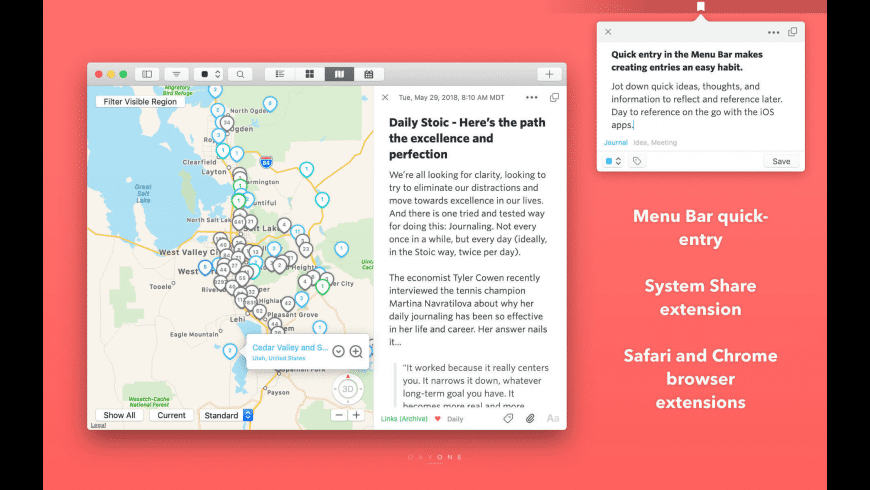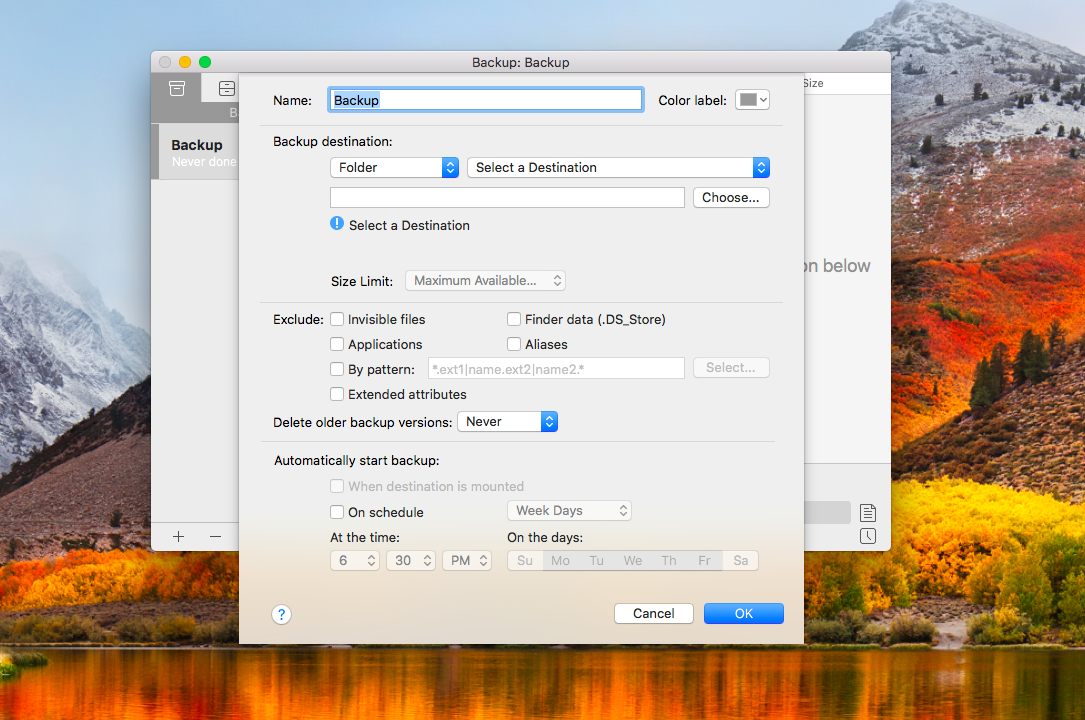Daily Dunce Mac OS
Daily Dunce Mac OS
Every now and again, I get a hankering for retro gaming and it ends up on this blog. I never played Dune II: The Building of a Dynasty on a PC, only the Sega Genesis port Dune: The Battle for Arrakis so it was news to me that you could play Dune II on MacOS. I assume anyone who is reading this probably knows the place that Dune plays in gaming history, but it's largely considered the title that defined the genre of the real-time strategy (RTS) or the first real time strategy (even if not entirely correct.

By Bob LeVitus iCal is a wonderful program in Mac OS X Lion that combines a comprehensive daily/weekly/monthly appointment calendar and a to-do list. It offers multiple color-coded calendars, several types of reminder alerts, repeating event scheduling, and more. Aug 29, 2008 Apple suggests you try the Stationery feature in the OS X 10.5 version of Mail. 60-day extension using an iCard that featured a kitten wearing a dunce cap. Tired of my daily.
I can't say I have an special affinity for the genre, as pretty much the only other RTSes I've played are the original Command and Conquer and Warcraft 2, but I always liked Dune: The Battle for Arrakis. I've revisited via emulation a few times. I hoped Dune 2 or Dune 2000 would end up on a service like GOG.com but sadly, it hasn't. Thanks to open source, both Dune II: The Building of a Dynasty and its sequel, Dune 2000, can be played on Mac OS, natively and with some modern improvements.
Daily Dunce Mac Os X
Disclaimer: By the letter-of-the-law, abandonware isn't 100% legal but there's no real legal vector to obtain these games, each over 2 decades old. I don't see a moral quandry here, but you can always obtain the original game disks if you see fit.
Dune II using Dune Legacy
Dune Legacy gives a nice modern twist to the original shortcomings of Dune II, including better AI, head-to-head, ability to group select units, more hotkeys, modern resolutions, HD graphics, and so on.
- Search 'Dune II Abandonware' in your favorite search engine, it'll come up on many sites. Download it.
- Download Dune Legacy
- Open the DMG, and drag the Dune Legacy app to your Applications folder. Also, decompress the PC copy of the abandonware Dune II
- Right Click the Dune Legacy App, and click Show Contents. Open within the app, Contents -> Resources
- Drag all the .PAK files from decompressed Dune II into the Dune Legacy -> Contents -> Resources
- Double click to start, you most likely will need to whitelist it in GameKeeper. (Go to system preferences -> Security and Privacy)
Dune 2000 using Open RA (and Command and Conquer)
Open RA is for the Red Alert series, but also includes Dune 2000 support much like Dune Legacy modern screen resolutions and minor tweaks. Unlike some of the other OpenRA ports, OpenRA Dune focuses on delivering a recreation rather than improvements.

- Optional: Nab the Dune II ISO for Windows, from a site like myabandonware or such.
- Download OpenRA
- Unless you've previously installed Mono, you'll also need to download Mono, an open source implementation of Microsoft's .NET Framework
- Install Mono and then OpenRA - Dune 2000, Dune 2000 will automatically download the necessary graphic and sound assets, but if you'd like FMV or Movies you'll need the ISO, these can be installed at any time in the Management.
- Also, see d2kplus for mods, some are supported in OpenRA. you most likely will need to whitelist it in GameKeeper. (Go to system preferences -> Security and Privacy)
For the Command and Conquer series, the install process is the same: find the ISOs for the music and movies and install Mono and OpenRA. Enjoy!
I recently attended the awesome SANS DFIR, Mac and iOS Forensics and Incident Response course with Sarah Edwards. This has obviously given me lots of great inspiration on how to negotiate Mac analysis in general and to take a closer look at some of those system files that we covered in training.
I’ve spent a little bit of time digging through the log files on my MacBook (Mojave 10.14.2). I’m sure this isn’t new to most practised Unix beards but for those who aren’t aware, there’s a really great little log file called daily.out in /var/log. I had previously given little credence to this log but realised it can be used to determine a whole wealth of useful information. I also reviewed the weekly.out and monthly.out files but these were, in my case, far less granular.
At a high level daily.out contains information relating to disk usage and networking, this file is written at least daily and the configurations for all three of the periodic logs are stored in plist files in the following location:
/System/Library/LaunchDaemons/com.apple.periodic-*****.plist
After reviewing the content of this file, it made me consider how this might assist in some of my casework?
Disk Usage
Firstly, I borrowed some grep skills from a very knowledgeable and tall colleague on my team to see if we could parse out just some specific information from the daily.out file. We extracted the lines only containing the dates, followed by the lines which related specifically to disk usage.
From this, we were able to find entries dating back as early as 3 months, and that the log contains:
Mac Os Versions
- Logical volumes mounted at the time entries are written
- Size of volumes
- Space used on volumes
Daily Dunce Mac Os Update
As you can imagine, disk volume information will be highly valuable in showing drives or images which were attached when the log was written and especially if you know the volume name used by a device you’re looking to prove access to.
We can also ascertain some other information from this log which is quite valuable.
Bootcamp!
You may have an instance where a suspect, subject or general bad person is saying they have never used their Bootcamp install, however, you can see from the Bootcamp disk usage that the volume is being written to and from regularly. Perhaps a big chunk of data has been deleted before a date of interest?
Uptime
Another interesting piece from the daily.out file is that it will show uptime of the system when the log entries are written. This could help prove whether or not the system was switched on and in use over a specific period.
This may also show some interesting information about account usage on the computer. As Mac computers generally tend to be used by individuals, this means there’s usually only ever one account logged on at any time. If you have an experienced user who is elevating to root every day, then seeing multiple accounts logged on may not be uncommon. Although, if an inexperienced user who has no knowledge of the root account, is logged on many times when another account is logged on, it may be suspicious or warrant further analysis.
Again, we extracted the lines from the daily.out file we are interested in using a simple grep command:
As you can see we can pull some interesting information about computer and account usage:
- Shows uptime of the system at the point in which the daily.out entry is written
- Also shows the number of users logged on, remember this is usually going to be one
There are also some very useful network interface statistics listed in this file which are probably more relevant to IR investigations but we may look at these another time.
Reference:
Daily Dunce Mac OS
